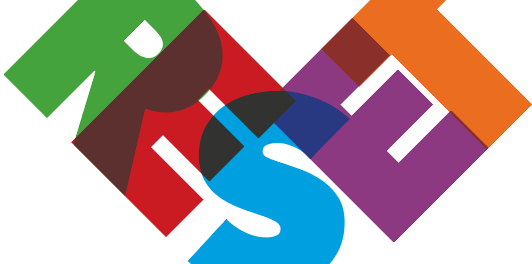In September last year I wrote a short thought piece which posed the question “Is constant change the only certainty left?” https://wolffedesign.com/blog-post-2/ In that post I reflected on the changes around us happening faster than ever, many of these were being accelerated by Covid.
At Wolffe we used the challenges brought about by the first lockdown almost a year ago to start the process of changing ourselves.
Why Change? Well, we’d got too comfortable with the way things were, we hadn’t properly reviewed our business for years and this resulted, in a roundabout way, in client and staff churn. As founder of the business, I had some mantras I held true and adhered to stubbornly, change was expected but was an organic and slow process, and frankly, being brutally honest with ourselves, we were stale.
We needed to ask the same question of ourselves that we ask our clients; How could we stand out in a crowded marketplace? How could we differentiate ourselves? How could we remain relevant? The business environment, our personal lives and the wider world was changing before our eyes and everyone spoke about the new normal. We quickly realised there was no new normal, if anything was new, it was going to be different, and we wanted to be part of the movement. We wanted to force change and not be forced to change.
Our massive transformation during 2020 involved a change of focus, a change of image (but not logo), a change of team, a change of studio, and a change of method.
In changing our focus, we now use design as a force for positive change. That means that everything we do will be done for clients and with collaborators who dare to be different, who are willing to challenge, who want to innovate and adapt. As the planet faces major societal, economic and ecological challenges, how can Wolffe and our clients and collaborators effect positive change? Well, if we don’t, how can we sleep at night?
Read about positive change and how the hummingbird tried to put out the forest fire https://www.forbes.com/sites/mattsymonds/2019/08/15/how-can-you-be-a-force-for-positive-change/?sh=43187c99183d
In changing our team, we have become a multinational group and that has brought cross-cultural, broad minded and unblinkered thinking to our studio.
In changing our studio, we’ve elevated brand Wolffe to a new level. We have almost the same postcode, but a change of space and being the other side of the (tram) tracks has re-energised our people and our perception of ourselves.
Our change of method has seen a root and branch review of our processes, our services and our products. We launched our Creative Accelerator https://wolffedesign.com/creative-accelerator/ , and as economic grey clouds gathered, we designed RESET by Wolffe https://wolffedesign.com/reset-by-wolffe/
Our culture has changed too; we embrace team wellness, we practice what we preach, we do what we do with optimism and with a positive mindset, we look after our clients and we nurture our network.
Most importantly, design is still, and will always be the beating heart of Wolffe. Designers in my experience, are adept at embracing the challenge and opportunity of change. We (designers) are prepared to explore ideas, to be radical, to try something, to fail and learn, and to pick ourselves up and go again.
We practiced what we preach last year and we’re very excited to maintain the pace of change for ourselves and our clients during 2021.
Are you ready to embrace the power of positive change?
Let’s talk https://wolffedesign.com/contact/
Andrew Wolffe












